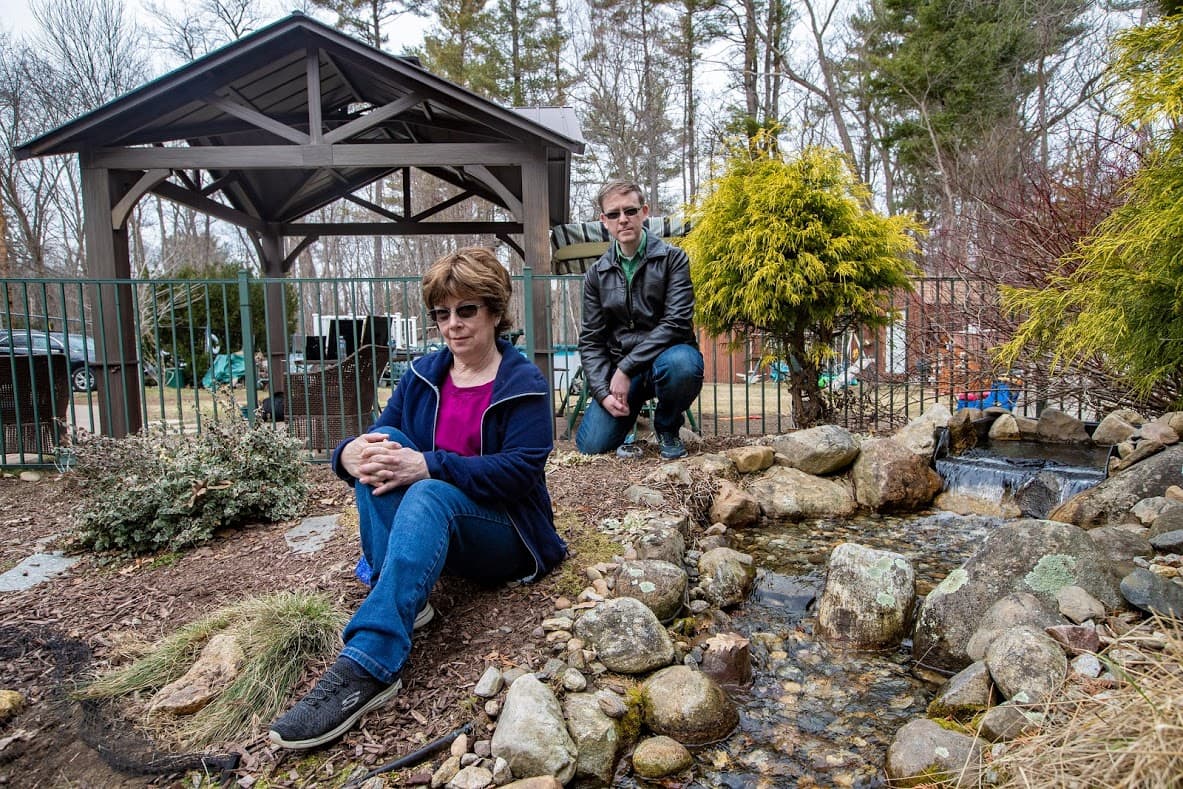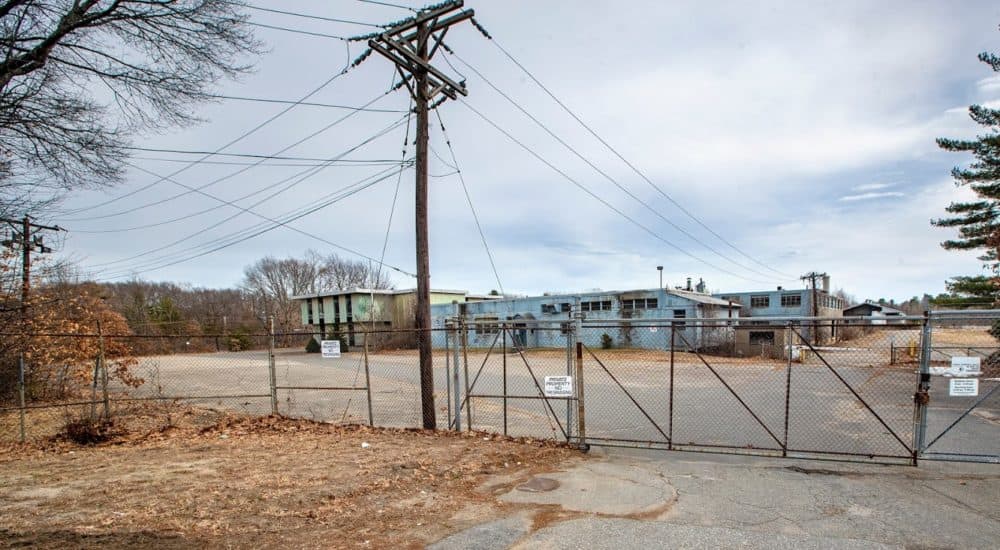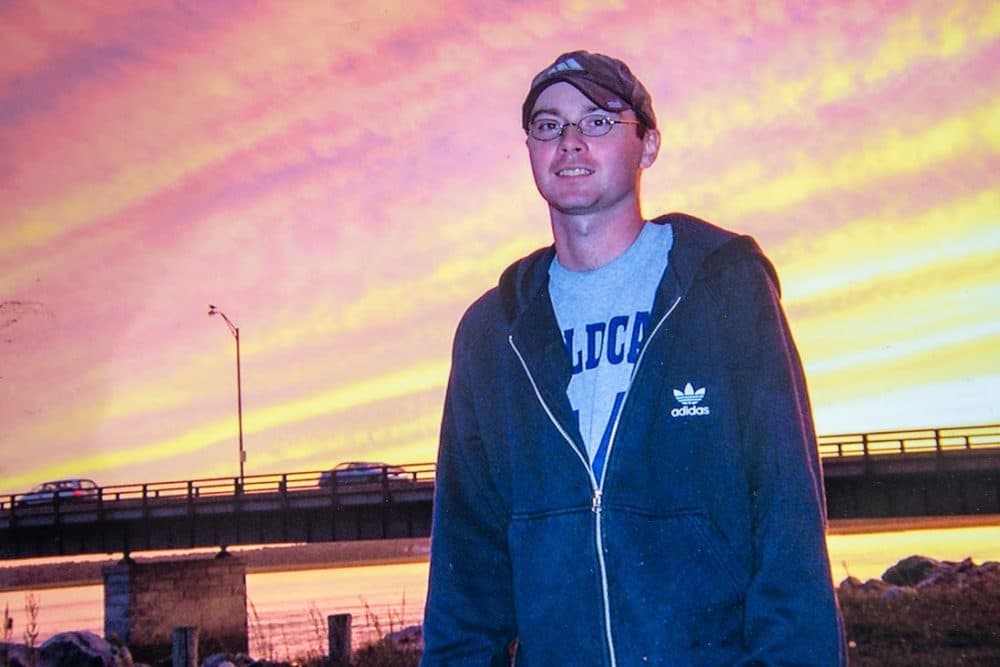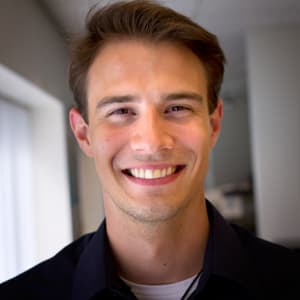Advertisement
Wilmington Survivors React To Long-Awaited State Study Linking Cancer Cluster To Contaminated Water

A two-decade-long study out Wednesday from the state Department of Public Health links a 1990s childhood cancer cluster in the town of Wilmington to contaminated drinking water.
The study found a connection between prenatal exposure to a cancer-causing chemical that leached into the town's aquifer and cases of leukemia and lymphoma in children whose mothers drank the water while pregnant.
The chemical, n-nitrosodimethylamine (NDMA), originated from a now-defunct chemical plant in town. Shuttered in 1986, the facility had most recently been operated by Olin Corporation, according to DPH. The property is an Environmental Protection Agency Superfund site.

Lee Brooks' son, Paul Brooks, was one of those who developed cancer potentially caused by the contaminant. He was diagnosed with leukemia in his late teens and died in 2006 at the age of 23.
Brian Dellascio had cancer as a teen living in Wilmington and participated in the DPH study.
Brooks and Dellascio spoke with WBUR's Jack Lepiarz on All Things Considered about the release of the study.
Interview Highlights
Lee Brooks: "I feel kind of glad this is over with. It's a long wait to get some answers. On one hand, I wanted the study to come out sooner so the awareness and the action would be taken toward cleanup and enforcement of regulations ... I mean, companies dump contaminants into the ground and that needs to be stopped or regulated so that they do it properly and contain it properly. Years ago, they didn't know about these things. So companies dumped their waste into the ground, and that eventually leached into our waterways — our drinking wells."
Jack Lepiarz: I have to imagine it must have been very difficult over the years knowing that your son may have been exposed to a chemical in utero, through no fault of your own. What was that like? Can you tell us more about that and also what your son said about it?
Advertisement
Brooks: "Well, originally, I didn't know that at the time. Just before Paul got sick, he was drinking a lot of water and he was getting tired. We didn't see that. And [one day] he was sitting there watching the news. He was resting up for work. And he came out and he says to me, 'Mom, they're shutting down the wells. They said there's something wrong with the water. And I've been drinking this water all this time.'

"I knew there was a study going on, and I knew there were kids getting sick in the neighborhood. And I said, 'That's so rare. It's a very rare occurrence, you know, don't worry about it,' type of thing.
"And he really didn't say much when he did get sick. I don't know if he was worried about us, how we were reacting, but we were all so concerned about him and how he was feeling. And me, personally, as a mom, I was devastated, because, you know, I was always thinking of him as a happy, healthy child. It was a total shock."
And just to point out, the study did find that exposure to kids themselves drinking the water did not cause the cancer; it was exposure in utero. Brian, you're now 45 years old. Can you tell us a little bit about your experience with cancer as a child? How old were you when you were diagnosed, and what did you go through?
Brian Dellascio: "I was diagnosed at 15 with Hodgkin's lymphoma. I had woken up one morning with a lump in my neck and trip to the pediatrician. One look at me, and he sent me in for blood work, sat my mother down and he knew what it was ... From there, it was 10 weeks of radiation. It was over a year-plus of chemotherapy, hospital visits, hospital stays ... I pretty much immediately relapsed, and it ended up coming back in a lot more places than it had started.
"[I'm] happy to say I'm cured from that cancer. I haven't had any sign of that cancer since my original treatment. I have had some ongoing health issues, some potentially related to the treatments that I got. But, you know, I'm still here to tell my tale, and I'm extremely thankful for that."
Do these long-awaited study results, do they help you in any way, beyond peace of mind?
Dellascio: "The main focus of of this group of families has been to get answers so that others can learn from it ... Our hope is that it will have a worldwide impact in how they look at cancer clusters — especially with childhood cancers. Some of the modeling they did was groundbreaking. And to Lee's point earlier about how long it took to get these results — we all felt very strongly that however much time it took to get the most definitive answers we could based on the data that we could get, that was all of our goal. [We wanted] to just make sure that the legacy of this is that we learn more about contaminated water, we learn more about what it can do to the human body, and then also to guide some folks hopefully that don't know what they're dealing with."
This segment aired on March 24, 2021.

